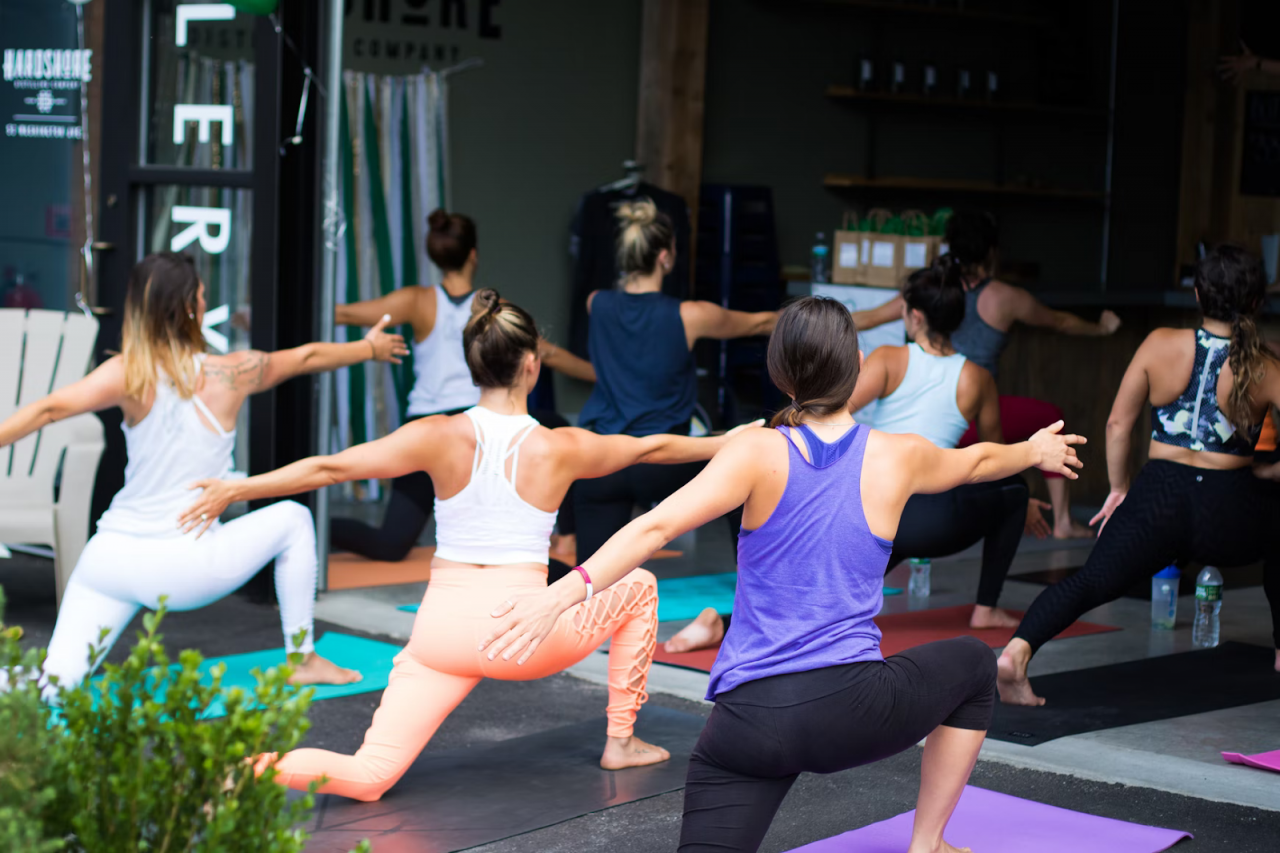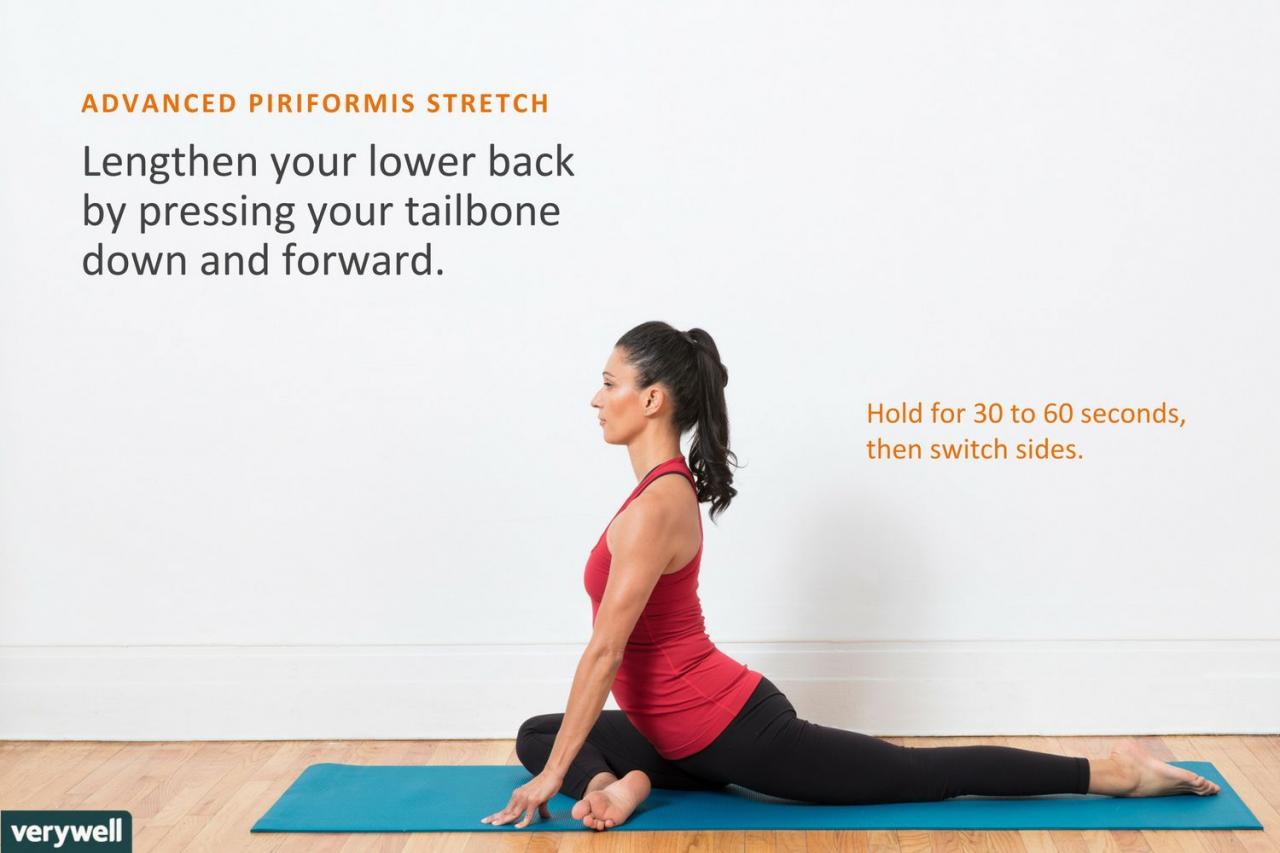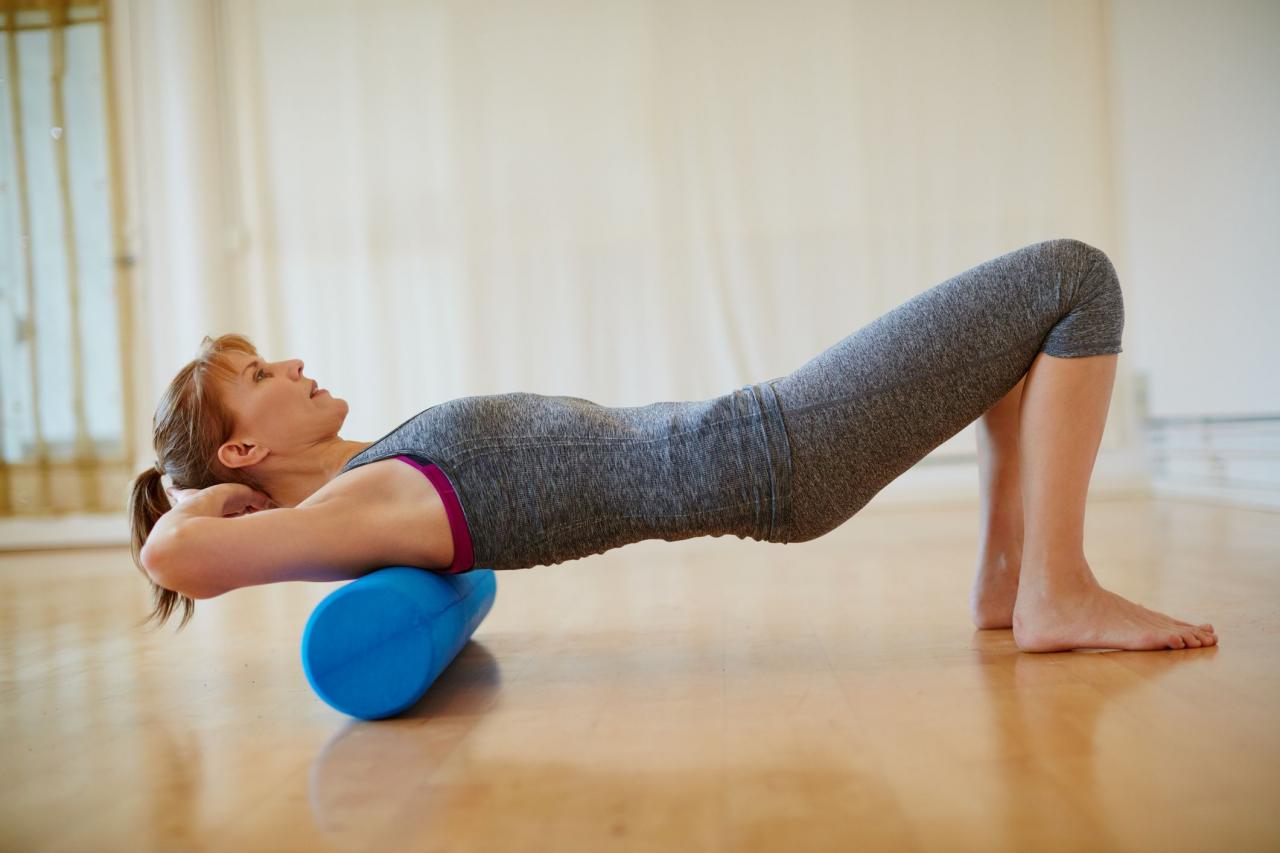
Explain why regular exercise is the best way to prevent flexibility issues. – Regular exercise is the cornerstone of maintaining flexibility, providing numerous physiological benefits that enhance joint mobility and muscle elasticity. Understanding the mechanisms behind these adaptations and incorporating targeted exercises into your routine can unlock the key to a life free from stiffness and restricted movement.
The myriad benefits of regular exercise for flexibility are undeniable. It promotes the production of synovial fluid, a lubricant that nourishes and cushions joints, reducing friction and enhancing range of motion. Additionally, exercise strengthens muscles and connective tissues, providing support and stability to joints, enabling them to move through a wider range of motion without discomfort.
Why Regular Exercise is the Best Way to Prevent Flexibility Issues

Maintaining flexibility is crucial for overall health and mobility. Regular exercise is widely regarded as the most effective way to prevent flexibility issues, as it promotes physiological adaptations that enhance the range of motion and reduce the risk of injuries.
If you’re experiencing lower back pain, it’s important to understand that stiff and tight muscles may be a contributing factor. How can stiff and tight muscles result in back pain? Fortunately, there are exercises you can do at home to help alleviate the pain and improve your overall back health.
Lower back exercises at home can be an effective way to strengthen your core muscles, improve your posture, and reduce pain. Additionally, if you’re looking to lose excess fat around your lower back, there are specific exercises for lower back fat that can help you achieve your goals.
Benefits of Regular Exercise for Flexibility
Regular exercise triggers physiological adaptations in muscles and joints that improve flexibility. These adaptations include:
- Increased muscle elasticity: Exercise stretches muscles, making them more pliable and less prone to stiffness.
- Improved joint mobility: Exercise lubricates joints and increases the range of motion by reducing stiffness and inflammation.
- Enhanced coordination and balance: Exercise improves neuromuscular coordination, which helps maintain proper posture and reduce the risk of falls.
Types of Exercises for Flexibility
Various types of exercises can effectively improve flexibility. These include:
- Static stretching: Holding a stretch for an extended period, typically 15-30 seconds.
- Dynamic stretching: Moving through a range of motion while stretching, such as arm circles or leg swings.
- Yoga: A combination of poses and breathing exercises that improve flexibility, balance, and strength.
- Tai chi: A mind-body practice that incorporates gentle movements and deep breathing to enhance flexibility and reduce stress.
Frequency and Duration of Exercise
The optimal frequency and duration of exercise for maintaining flexibility vary based on age, fitness level, and individual needs. Generally, it is recommended to:
- Incorporate flexibility exercises into a workout routine 2-3 times per week.
- Hold each stretch for 15-30 seconds, repeating 2-3 times.
- Gradually increase the duration and intensity of stretches as flexibility improves.
Flexibility Training Programs
A sample flexibility training program might include:
- Warm-up:5-10 minutes of light cardio and dynamic stretching.
- Stretching exercises:10-15 minutes of static and dynamic stretches targeting major muscle groups.
- Cool-down:5-10 minutes of static stretching and deep breathing.
Considerations for Special Populations
Individuals with certain conditions may require modified exercises and recommendations:
- Arthritis:Focus on gentle exercises that minimize pain and inflammation, such as water aerobics or tai chi.
- Obesity:Start with short, low-impact exercises and gradually increase intensity as weight loss progresses.
- Pregnancy:Consult with a healthcare professional for safe and appropriate exercises that promote flexibility without straining the body.
Integrating Flexibility into Daily Routine
To make flexibility a habit, incorporate exercises into daily life:
- Take breaks from sitting to stretch and move around.
- Incorporate stretches into daily tasks, such as reaching up to grab something or touching your toes while brushing your teeth.
- Join a flexibility class or practice yoga at home.
Assessing Flexibility, Explain why regular exercise is the best way to prevent flexibility issues.
Regular flexibility assessments can help monitor progress and identify areas for improvement. Common methods include:
- Sit-and-reach test: Measuring the distance you can reach forward while sitting on the floor with your legs extended.
- Shoulder flexibility test: Assessing the range of motion in your shoulders by raising your arms overhead.
- Hamstring flexibility test: Measuring the ability to touch your toes while standing with your legs straight.
Wrap-Up: Explain Why Regular Exercise Is The Best Way To Prevent Flexibility Issues.

Incorporating regular exercise into your daily routine is an investment in your overall well-being. By prioritizing flexibility, you not only enhance your physical capabilities but also improve your quality of life, reducing the risk of injuries, alleviating pain, and promoting a sense of vitality and well-being.
Question Bank
What are the best types of exercises for improving flexibility?
Dynamic stretching, static stretching, and yoga are all effective methods for enhancing flexibility.
Stiff and tight muscles can put pressure on the nerves in your lower back, leading to pain and discomfort. If you’re experiencing lower back pain, it’s important to stretch and strengthen the muscles in your back to relieve pressure and improve flexibility.
For effective lower back exercises at home, consider exercises that target the lower back muscles, such as bridges and planks. To learn more about how stiff muscles can contribute to back pain, read this informative article: how can stiff and tight muscles result in back pain?
How often should I exercise to maintain flexibility?
Aim for at least two to three flexibility sessions per week.
Is it safe to exercise with arthritis?
Yes, modified exercises can be beneficial for individuals with arthritis, but it’s crucial to consult with a healthcare professional before starting an exercise program.







